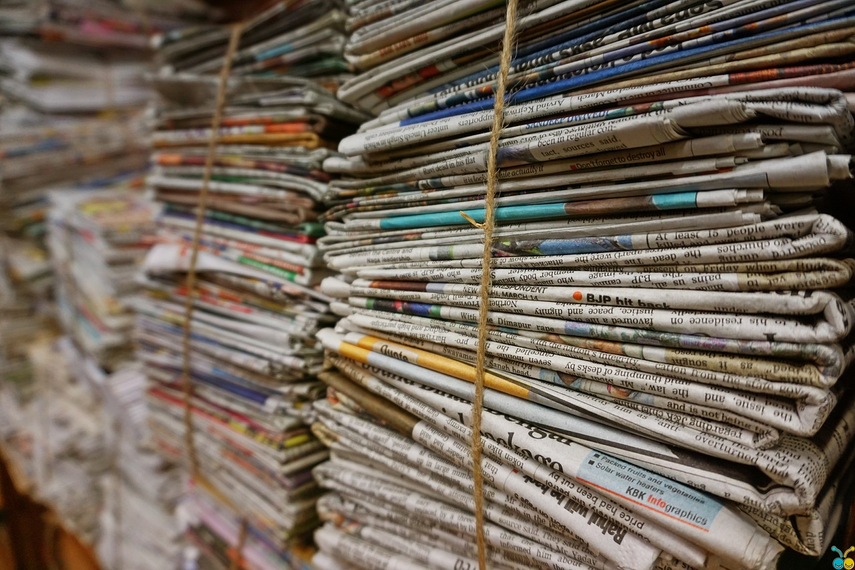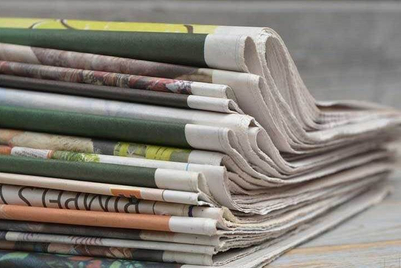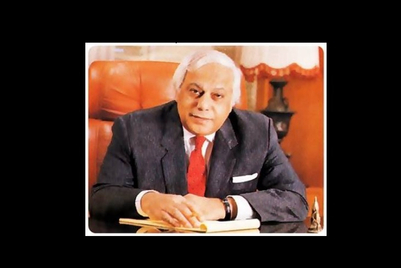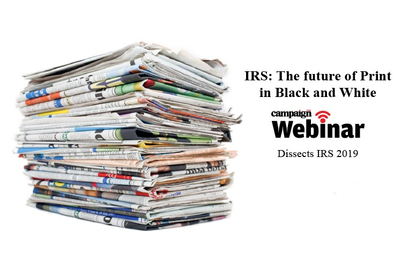
It was always a murmur that the health of print media in the country is not in the finest of shape. The findings of the IRS Q2 (April_July 2019) only shines the light on the uncomfortable truth.
That, the readership was low even during elections, during which the fieldwork for this edition of the study would have taken place, shows that readership is moving steadily to the digital media or consumption of news is going towards television. The IRS Q2 findings confirmed that consumption of news on digital platforms is increasing.
Barring two newspapers (Daily Thanthi and The Times of India), the Average Issue Readership of all the top ten dailies declined in the quarter under review. See the image below:
Among English Dailies, The Hindustan Times in its stronghold Delhi market and The Hindu in Chennai, its homeground were both on a losing streak in the AIR. The Telegraph in Calcutta was however able to increase its readership over the previous quarter.




.jpg&h=334&w=500&q=100&v=20250320&c=1)


.jpg&h=334&w=500&q=100&v=20250320&c=1)




.jpg&h=334&w=500&q=100&v=20250320&c=1)






.jpg&h=268&w=401&q=100&v=20250320&c=1)
.jpg&h=268&w=401&q=100&v=20250320&c=1)

